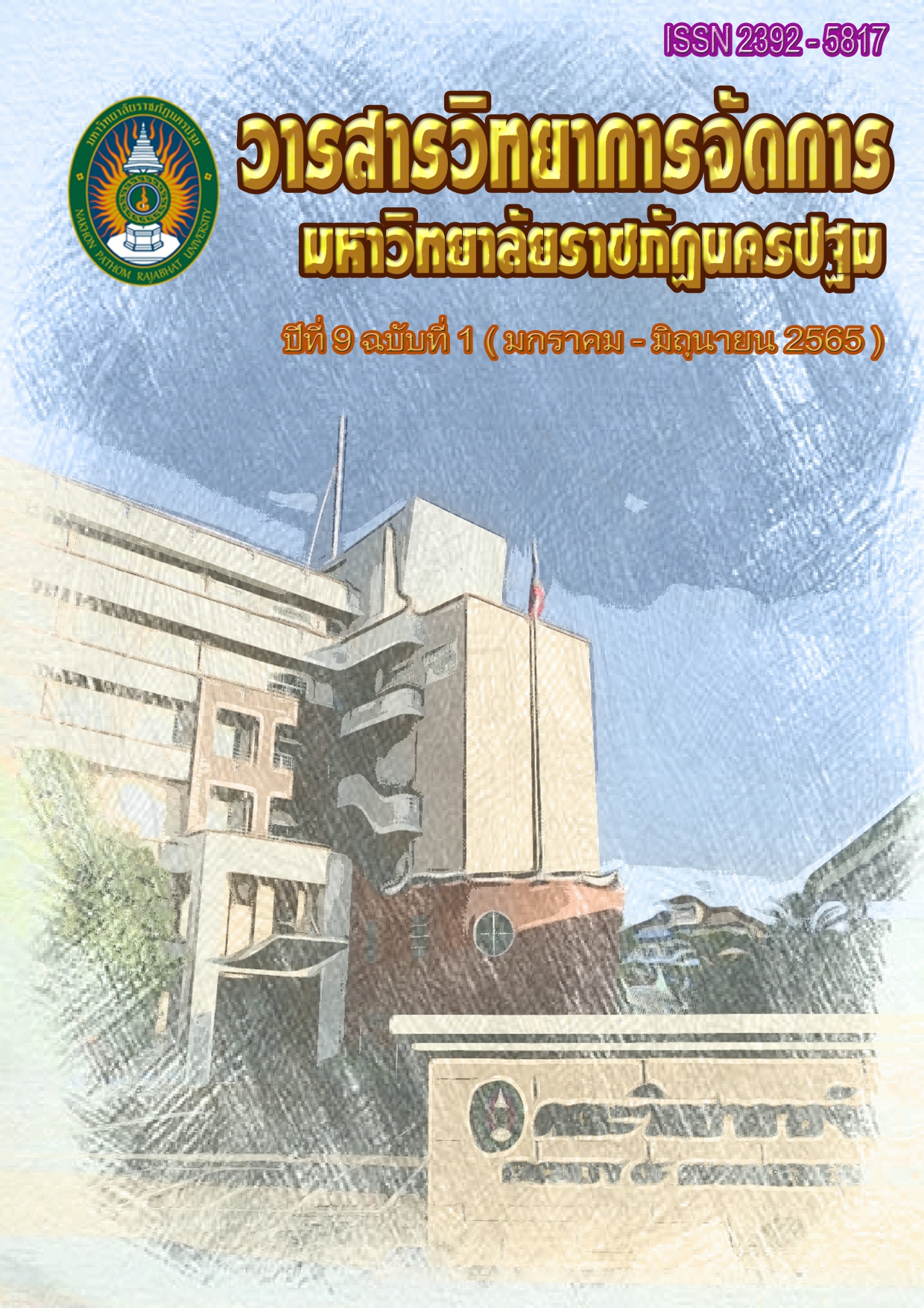COINTEGRATION BETWEEN GDP, ODA, FDI AND EXPORTS: EVIDENCE OF LAO PDR.
Main Article Content
Abstract
The objective of this study is to test the short-term and long-term links model between real gross domestic product (Ca), official development assistance from DAC countries to Laos (ODA), foreign direct investment (FDI) and exports (Ex). The researchers used time series data starting 1988 to 2019 (32 observations or samples) from the Bank of Lao PDR and Organization for Economic Co-operation and Development (OECD). This paper, we analyzed by using the Vector Error Correction Model (VECM) which Ca is the target variable equation because the causality between ODA still a controversial problem. Furthermore, some researchers suggest that ODA, FDI and Ex have the impact on GDP or GDP per capita, but some also suggests that GDP attract ODA, FDI and Ex. Thus, making the case of Lao PDR more clearly motivated me to analyze the cointegration between those indicators.
The results of empirical analysis indicated that there is a long-term causality among the proposed variables which also have a positive and negative causality which ODA and FDI have positive relationship, suggests that if they increase in ODA and FDI inflows it causes increase in real GDP per capita. While as the Ex has a negative relationship suggest that an increase in Exports will cause decrease in real GDP per capita which against economics theories, this may cause from the number of samples used in the study was small or inequality of income distribution. In terms of short-run, we also found that there is no bidirectional causal relationship but have unidirectional causal relationship that run from FDI to Ca, causal running from ODA and Ex to FDI and from ODA to Ex. Therefore, policymakers should promote and attract more FDI and ODA to stimulate the exports and economic growth.
Article history : Received 12 April 2021
Revised 20 June 2021
Accepted 23 June 2021
SIMILARITY INDEX = 0.00 %
Article Details

This work is licensed under a Creative Commons Attribution-NonCommercial-NoDerivatives 4.0 International License.
The views and opinions of the article appearing in this journal are those of the author. It is not considered a view and responsibility of the editorial staff.
References
Andreas, G. and Anastasios,D. (2011). The causal links between FDI and economic development: Evidence from Greece. European Journal of Sciences, 27(1), 12-20
Baiashvili,T., and Gattini,L. (2019). Impact of FDI on economic growth: The role of country income levels and institutional strength. European Investment Bank, Working Paper 2020/02
Cipra, T. & Tlusty, P. (2008) . Estimation in multiple autoregressive -moving average model using periodicity. Journal of Time Series Analysis, 8, 293-301
Chakanyuka & Mashoko (2016). The relationship between FDI and ODA: The case of Zimbabwe (1980-2012), Retrieved July 28, 2020 ,from https://ir.uz.ac.zw/handle/10646/3186
Dickey, D. A., & Fuller, W. A. (1979). Distribution of the estimators for autoregressive time series with a unit root. Journal of the American Statistical Association, 74(366), 427-431.
Edmore & Nicholas (2019). Foreign aid, poverty and economic growth in developing countries: A dynamic panel data causality analysis. Cogent Economics & Finance, 7:1, DOI: 10.1080/23322039.2019.1626321
Engle & Granger (1987). Co-integration and error correction: Representation, estimation, and testing. Econometric, 55(2), 251–276.
Geetilaxmi, M., et al (2016). Foreign aid, macroeconomic policies and economic growth nexus in India: An ARDL bounds testing approach. Theoretical and Applied Economics, 4(69), 183-202.
Gounder, R. (2003). Causality analysis of development assistance and economic growth in Solomon Islands. Pacific Economic Bulletin .18 (1), 31-40.
Grossman & Helpman (1991). Innovation and growth in the global economy. Cambridge, MA: MIT Press.
Harrison & Hanson (1999). Who gains from trade reform? Some remaining puzzles. Journal of Development Economics, 59(1), 125-154.
Iamsiraroj, S., and Doucouliagos, H. (2015). Does growth attract FDI? E-Journal, Kiel Institute for the World Economy,9, 1-35
Jarque, C. M., & Bera, A. K. (1987). A test for normality of observations and regression residuals. International Statistical Review/Revue Internationale de Statistique, 55 (2).163-172.
Johansen, S. (1988). Statistical analysis of cointegration vectors. Journal of Economic Dynamics and Control, 12(2), 231–254.
Johansen, S. (1995). Likelihood-based inference in cointegrated vector autoregressive models. Oxford: Oxford University Press.
Kawthar, A and Karim, M. (2017). The Impact of foreign aid on economic growth in Morocco: Econometric analysis using VECM. International Journal of Economics and Finance 9(5), 87-93
Levine, & Roodman (2004). Aid, policies, and growth: comment. American Economic Review, 94(3), 774-780.
Minoiu & Reddy (2010). Development aid and economic growth: A positive long-run relation. The Quarterly Review of Economics and Finance, 50(1), 27-39.
Sahraoui, M.A., Belmokaddem,M., Guellil, M.S., and Ghouali, Y.Z. (2015). Causal interactions between FDI, and economic growth: Evidence from dynamic panel co-integration. Procedia Economics and Finance, 23(15), 276-290.
Sandrina, B.M. (2005). Evaluating the impact of foreign aid on economic growth: A cross-country study. Journal of Economic Development, 30(2), 25-48.
Sokang, K. (2018). The impact of foreign direct investment on the economic growth in Cambodia: Empirical evidence. International Journal of Innovation and Economic Development, 4(5), 31-38.
Song, S., and Zhang,X. (2017). Causality between foreign direct investment and economic growth for Cambodia. Cogent Economics & Finance, 5(1). https://doi.org/10.1080/23322039.2016.1277860
Zuzana, S. (2014). A causal relationship between foreign direct investment, economic growth and export for Slovakia. Procedia Economics and Finance, 15(14), 123-128.


